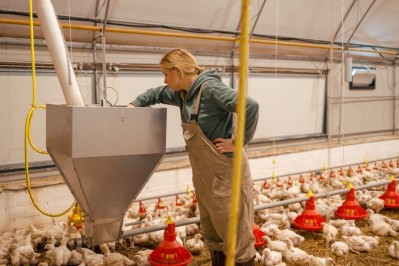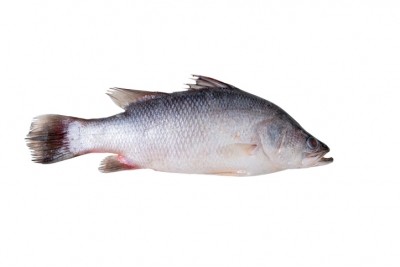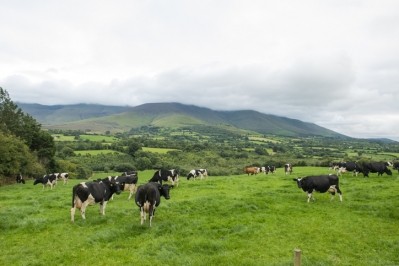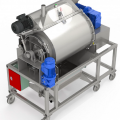New mixing tech promises sustainable salmon feed

The patented IsDeCa Batch Mixer technology, developed by the Norwegian University of Life Sciences (NMBU), allows the addition of over 30% liquid ingredients based on fats and proteins.
Turkish feed machinery producer, FeedTech, has recognized the potential of this technology and has become the exclusive producer, said one of its inventors, Dejan Miladinovic, head of NMBU’s Center for Feed Technology.
Experimental work on IsDeCa was conducted at the Center for Feed Technology (FôrTek) at NMBU, sponsored by a €500,000 (US$538K) research grant from the Norwegian Research Council.
This “breakthrough” patented mixing technology is now poised for commercial application in the feed and in other industries where high product homogeneity is the goal, said Miladinovic.
Boosting byproduct use in salmon feed
The technology could support expansion in Norway’s salmon sector.
The Norwegian salmon farming industry aims to increase salmon production fivefold by 2050, with sustainable feed high in marine content being crucial to that expansion. However, the sector is faced with a finite supply of such resources. The IsDeCa technology addresses this issue by incorporating byproducts like hydrolyzed ensilage from commercial fishing and algae slurry into feed, reducing dependence on imported soy protein or fishmeal, Miladinovic told FeedNavigator.
“The IsDeCa technology allows the incorporation of at least twice as many sustainable liquid-based marine ingredients compared to other mixing technologies.”
The technology achieves superb homogeneity in under 60 seconds, consistently bringing the coefficient of variation (CV%) below 4.5% for both semi-moist and dry materials, he said.
Optimizing the process
Efforts were made to simplify the structural complexity of the IsDeCa mixer while maintaining operational excellence, Miladinovic explained. “The production cost of IsDeCa is at least 30% less than twin-shaft mixers.”
He outlined how feedback from major mixer manufacturers indicated the need for industrial-scale verification of the novel technology. “This was successfully conducted by the Center for Feed Technology at NMBU, validating the scalability of IsDeCa from a 60-liter prototype to a 1000-liter industrial machine.”
Miladinovic added that mathematical models suggest similar upscaling methods could be applied to a 10,000-liter mixer.














